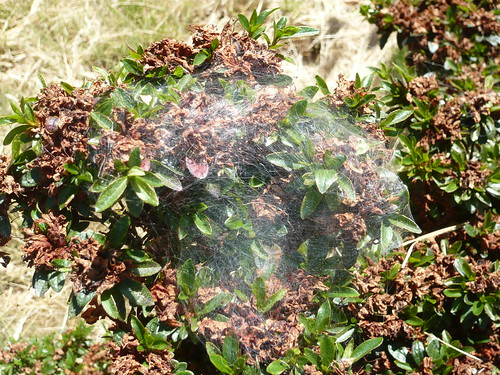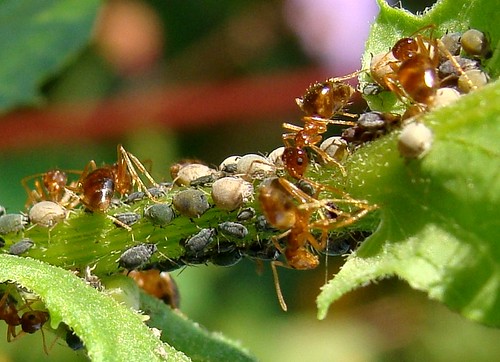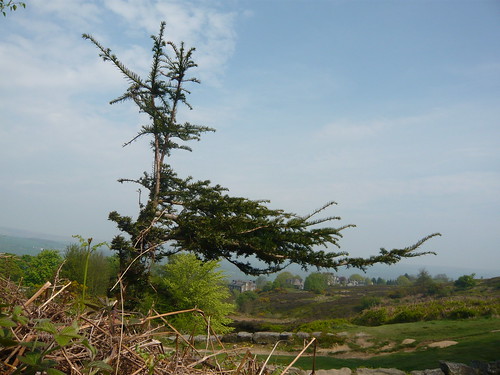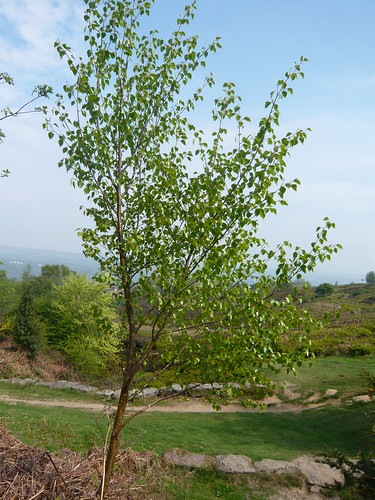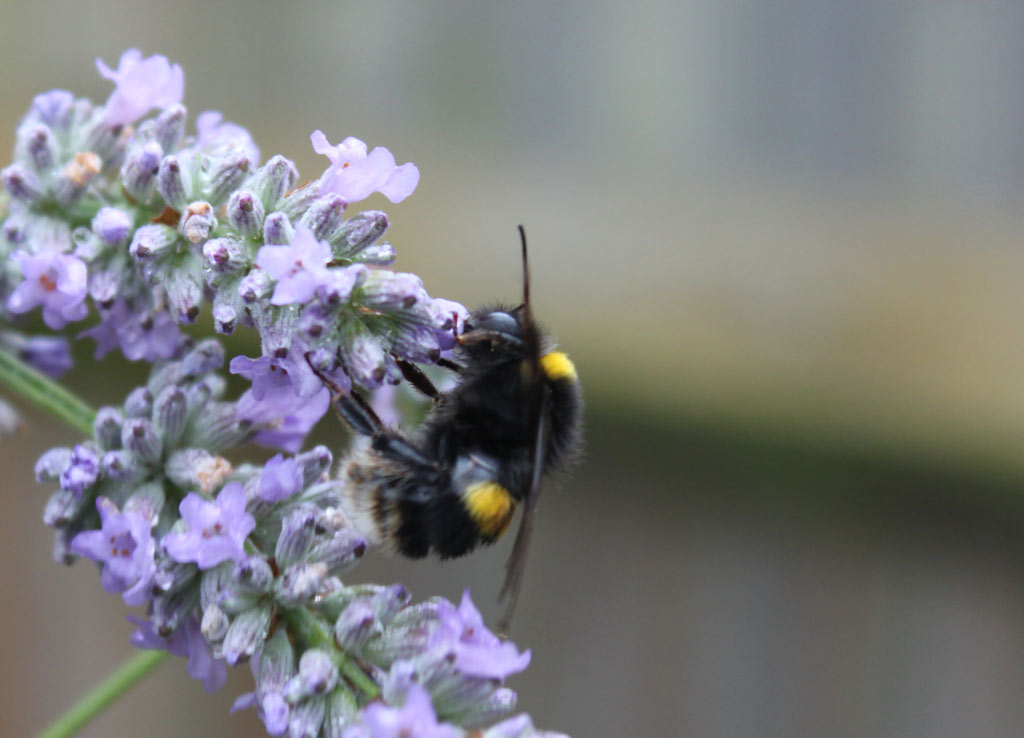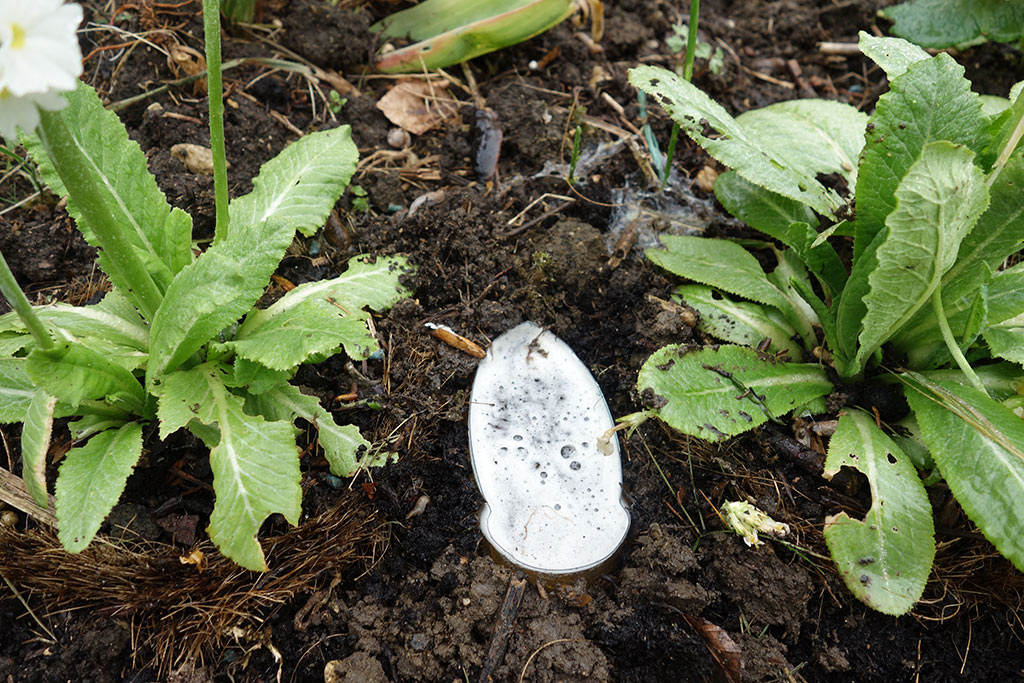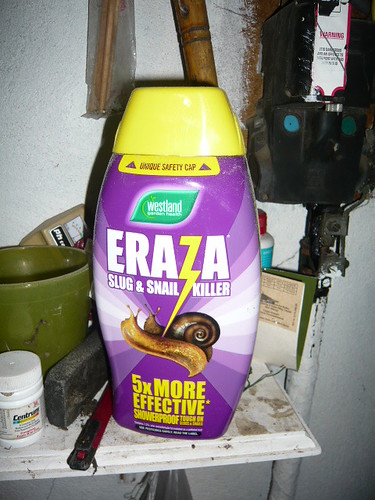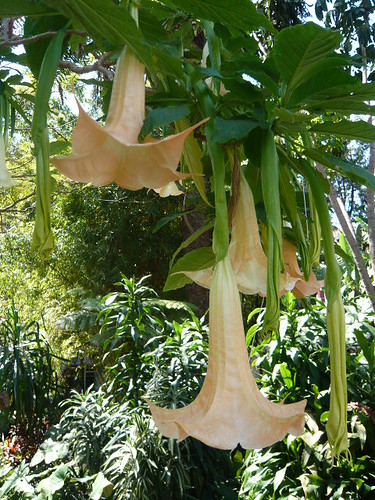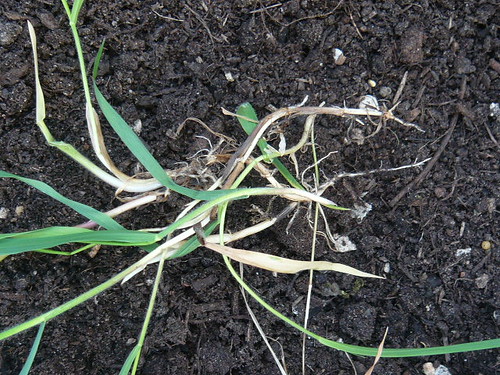Compost and Fungus Gnats the Little Critters
I have no photographs of fungus Gnats because they are very small, little critters like miniature flies.
Houseplants with wet compost attract and breed gnats and the more organic matter the greater the brood of little flies. Fungus gnats are the most common flying insects found in and around compost bins.
Problems with Fungus Gnats
- On their own they do no damage to your plants but their offspring will.
- The Gnats or flies lay eggs on the surface of damp houseplant compost.
- The eggs hatch into minute white maggots that burrow into the soil. Here they can bore there way into roots leaving them open to infection and bacterial diseases.
- Gnat maggots can eat feeder roots and weaken plants or generate chlorsis.
- I also find they are the sort of fly that ends up in your eye.
- Susceptible plants include Chrysanthemum, Cyclamen, Freesia and Pelagoniums.
Control of Fungus Gnats
- Allow soil to dry out completely before watering to kill the flies.
- Drown the maggots by leaving plants in a bucket of water over night but then drain throughly.
- For heavy infestations Malathion kills maggots and eggs.
- I rely on a fly paper with a sticky glue to catch the flies before they breed.
- Half fill a shallow container with ‘Sweet Almond Oil’ and place near an infested plant. Leave it and the flies find it irresistible and meet a sticky end. Another recipe is apple cider vinegar, a little water and a tiny dab of dish soap. the gnats love it and
drown - Venus fly traps would be fun but may not eat enough
- In the garden, wormwood is supposed to be an excellent deterrent
- Cover your indoor composting bin
See also Which Gardening pdf on fungus gnats
